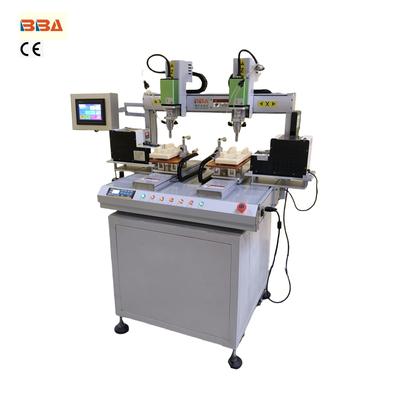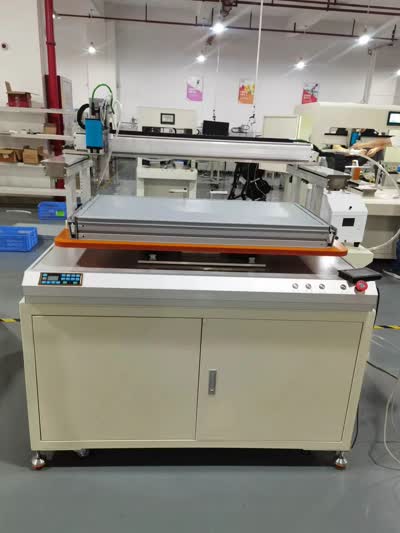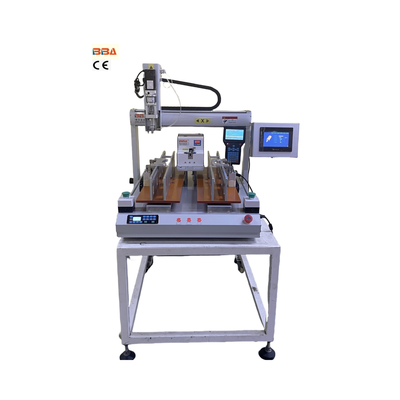Servo vs Pneumatic Screwdrivers: Which is Better for Industrial Automation?

| Product Name | Applicable industries |
| Desktop Screwdriver Robot | Home Appliance Production |
When it comes to fastening applications in industrial automation, two primary technologies often come into play: servo screwdrivers and pneumatic screwdrivers. Both have their unique advantages and limitations, and choosing the right one can significantly impact efficiency, precision, and overall productivity. In this article, we’ll explore the key differences between these two technologies and help you determine which is better suited for your specific needs.
Pneumatic screwdrivers, also known as air screwdrivers, have been a staple in manufacturing for decades. They are powered by compressed air and are known for their high speed and reliability. These tools are generally more affordable upfront and are well-suited for high-volume production environments where simplicity and durability are critical. However, pneumatic screwdrivers require a constant supply of compressed air, which can be costly to maintain and may not be energy-efficient. They also lack precise control over torque and speed, which can lead to inconsistencies in fastening quality, especially in applications requiring high precision.
On the other hand, servo screwdrivers are electric tools driven by servo motors, offering exceptional control and flexibility. These tools allow for precise adjustments to torque, speed, and angle, making them ideal for applications where accuracy is paramount, such as in electronics assembly, automotive, or medical device manufacturing. Servo screwdrivers are also more energy-efficient, as they only consume power during operation, unlike pneumatic systems that continuously use energy to maintain air pressure. Additionally, they generate less noise and require less maintenance, since they do not rely on compressors, filters, or lubricators.
One of the standout features of servo screwdrivers is their ability to integrate seamlessly with smart factory systems. They can provide real-time data feedback, such as torque curves and fastening results, which can be used for quality control and process optimization. This data-driven approach helps reduce defects and improves traceability, a crucial factor in industries with strict compliance requirements. While servo screwdrivers typically have a higher initial cost compared to pneumatic models, their long-term benefits in terms of energy savings, reduced downtime, and improved product quality often justify the investment.
So, which is better? The answer depends on your specific application. If you are working in a high-speed, high-volume environment where cost-effectiveness and simplicity are priorities, pneumatic screwdrivers might be the way to go. However, if you require precision, control, and the ability to monitor and adjust fastening parameters in real time, servo screwdrivers are undoubtedly the superior choice. As industries continue to move toward automation and Industry 4.0, the demand for intelligent, electric fastening solutions is likely to grow, making servo technology an increasingly attractive option for forward-thinking manufacturers.
In conclusion, both servo and pneumatic screwdrivers have their place in industrial automation. By carefully evaluating your production needs, budget, and long-term goals, you can select the technology that best aligns with your operational requirements. Whether you prioritize speed and affordability or precision and data integration, there is a solution that can help you achieve optimal performance in your fastening processes.


